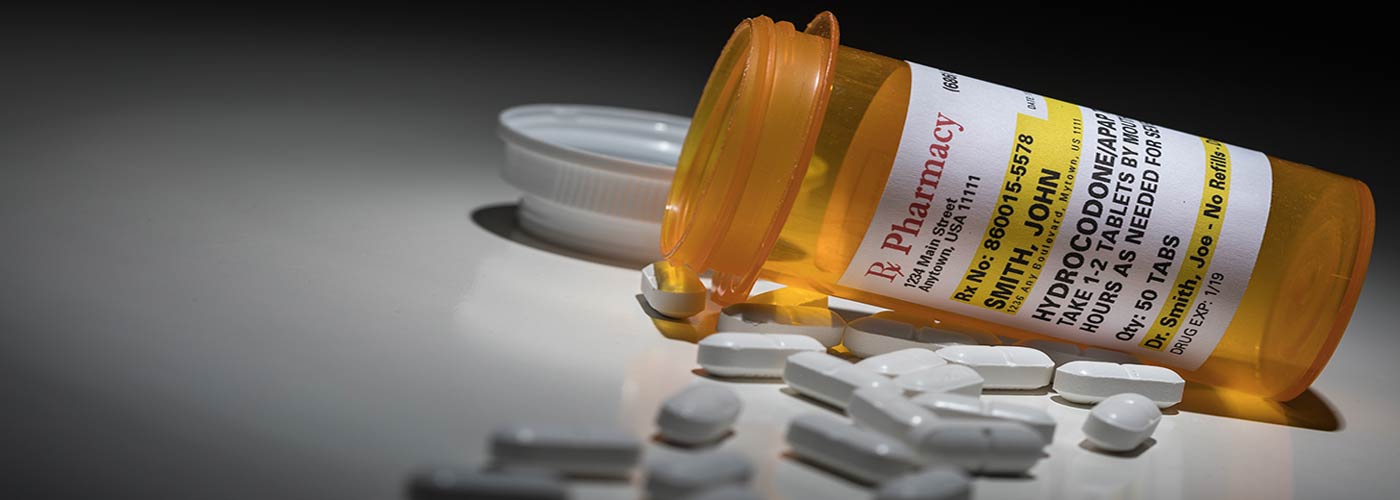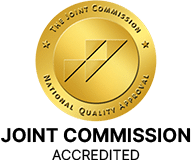Hydrocodone is a potent, prescription opioid painkiller, often prescribed to those experiencing moderate to severe pain for a short amount of time (rarely is hydrocodone considered a longer-term solution, seeing as it is so habit-forming). Hydrocodone is a semi-synthetic opioid, meaning that it is partially derived from natural sources and partially created with chemicals in a laboratory. Vicodin is the brand name for hydrocodone – most people know this specific drug by its brand name. Prescribing physicians will generally write a prescription for hydrocodone to treat short-term pain, like post-surgical pain, or pain following an invasive dental procedure.

This specific opioid is extremely addictive, which is why it is only prescribed in the short-term. Those who take the drug other than as prescribed are at high risk of addiction (taking the drug other than prescribed is always considered abuse). Over time – with abuse – the body will begin to build a tolerance towards hydrocodone, meaning that greater quantities of the drug will be required to produce the same effects. Once tolerance begins to build, ceasing use abruptly will lead to symptoms of withdrawal. Abusing hydrocodone is a slippery slope, and those who develop a substance dependency will need professional addiction treatment to successfully overcome their physical and mental dependence. One of the most popular brand name hydrocodone-based drugs is called Norco, and a Norco drug high can quickly create a dependence leading to Norco addiction.
What Does Taking Hydrocodone Feel Like?
Those who take hydrocodone as prescribed will experience a reduction of pain. The drug connects to pain receptors within the brain, blocking messages of pain sent from other parts of the body to the brain. Unfortunately, hydrocodone is one of the most commonly abused opioid painkillers in the country.
Those who abuse the drug will take it even when they aren’t experiencing pain-related symptoms – they will take it to produce a “high.” Taking any powerful opioid-based prescription painkiller other than as it is prescribed can produce a high because doing so can produce fleeting feelings of intense relaxation and euphoria. Those who abuse the drug have reported feeling the following sensations:
- Increased ability and desire to socialize.
- Feelings of euphoria.
- Increased feelings of contentment and relaxation.
- Feeling warm or comfortable and at peace.
While these might sound like favorable experiences, it is important to note that most of the pleasurable effects of taking hydrocodone will subside after the first use. As those who continue abusing the drug begin to take it in greater quantities, they will experience symptoms like:
- Fatigue and exhaustion.
- Nausea, vomiting, and other stomach issues.
- Mood swings, marked by irritability and agitation.
- Lack of motivation.
- A desire to be alone; social isolation.
Those that abuse hydrocodone will incessantly chase the initial high, finding themselves unable to achieve it. This will lead to an unpleasant and progressively worsening cycle of abuse.
Garden State Treatment Center and Hydrocodone Abuse
At Garden State Treatment Center, we have extensive experience working with individuals who have been abusing prescription painkillers of all kinds. We understand how devastating the cycle of addiction can be, and we have dedicated our lives to helping those who are suffering overcome addiction and go on to lead fulfilling, drug-free lives. Those who have prescribed hydrocodone (or those who are offered the painkiller by a friend or find an unused or expired prescription) are often tempted to “experiment.”
It is important to recognize that experimentation can easily lead to abuse and that abuse often leads to addiction. If you or someone you love has been abusing hydrocodone or any other prescription painkiller, we are available to help. For more information on painkiller addiction recovery, or to learn more about the risks involved in abusing hydrocodone, please feel free to reach out to us today.
We will gladly explain how our effective and comprehensive program works, and answer any additional questions you may have. We look forward to speaking with you soon.
FAQ
What is a safe dosage of Hydrocodone?
How does Hydrocodone make you feel?
Published on: 2020-04-24
Updated on: 2025-04-30



